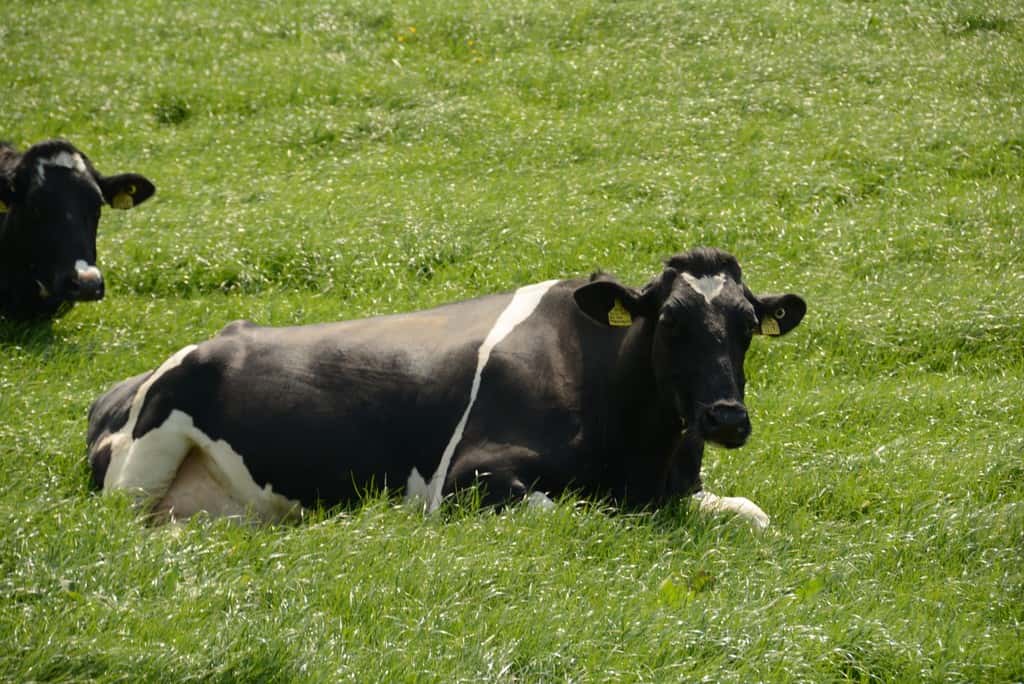Over 60% believe it’s true. But, is it? Three-quarters of the British public have used folklore such as ‘red sky at night, shepherd’s delight’ to predict the weather. Half have been caught out by the weather when they relied on folklore methods.
The public’s fascination with the weather is well-known, and few have not heard of weather folklore such as ‘red sky at night, shepherd’s delight’, or that it can be ‘too cold to snow’.
We found in a new survey that the use of these saying was more prevalent than expected with three quarters (75%) of UK adults saying they use folklore to predict the weather. The most commonly-used were revealed to be:
- Red sky at night, shepherd’s delight – used by 70% of UK adults
- It can be too cold to snow – used by 49%
- Cows lie down when it is about to rain – used by 44%
- Pine cones open up when good weather is coming – used by 26%
- If it rains on St Swithin’s day, it will rain on each of the next 40 days – used by 22%
In total, 58% of UK adults think that these methods are accurate to some degree, and incredibly, almost two thirds (64%) think they can be more reliable than official forecasts. However, nearly half (48%) of UK adults who have used traditional methods to predict the weather say they have been ‘caught out’.
To help separate fact from fiction, experts at the Met Office teamed up with radio DJ and television presenter Scott Mills. In a video Scott and Met Office meteorologist and presenter Charlie Powell investigate the science behind the folklore.
Charlie Powell said: “We were blown away by just how many people use traditional methods to forecast the weather. However, some of these weather sayings are backed up by science and can help to give a sense of what sort of weather may be on its way.
“Others, such as cows lying down when it is about to rain, are nothing more than old wives’ tales. But either way, none of the methods are as accurate as official forecasts from the Met Office and the research demonstrates that many people have been caught out by relying on weather folklore. My advice would be to just check the official Met Office forecast online or on our popular weather app.”
So which of these folklore methods are based on science and which are simply myths:
Red sky at night, shepherd’s delight
- 83% believe this to be true – and according to the Met Office, they are largely CORRECT
- This is because high pressure tends to lead to good weather. High pressure traps dust and dirt in the air, which scatters blue light, only leaving the red light remaining – hence the reddish appearance of the sky.
It can be too cold to snow
- 62% believe this fact – but it’s NOT CORRECT in the UK
- The colder the air gets (for example -20 degrees) the less water vapour there is in the air, reducing the likelihood of snow. However, there are many other deciding factors when it comes to whether it will snow or not, and it is unlikely that in the UK we would experience temperatures cold enough to make it less likely to snow
Cows lie down when it is about to rain:
- 61% believe this to be an accurate way of forecasting rain – and according to the Met Office, this is FALSE
- There is no scientific backing for this at all. Cows lie down for a number of reasons – including just having a rest – and there is no evidence to suggest it is related to the likelihood of rain
Pine cones open up when good weather is coming
- 55% of UK adults believe this is true – and they are CORRECT
- In dry weather, pine cones dry out, which causes their scales to stand out more stiffly, giving an ‘open’ appearance. In damp conditions, they become more flexible and return to a more closed shape
Rain before seven, fine by eleven
- 32% believe that if it is raining at 7am, the weather will be fine by 11am – and they are OFTEN CORRECT
- Weather systems in the UK are often spawned in the Atlantic, and these systems can sweep across the UK very quickly. So, on many occasions, four hours will allow enough time for the rain to pass. But, in some conditions, such as when there is a lack of wind, rain can hang around for much longer.
- Article from http://www.metoffice.gov.uk





